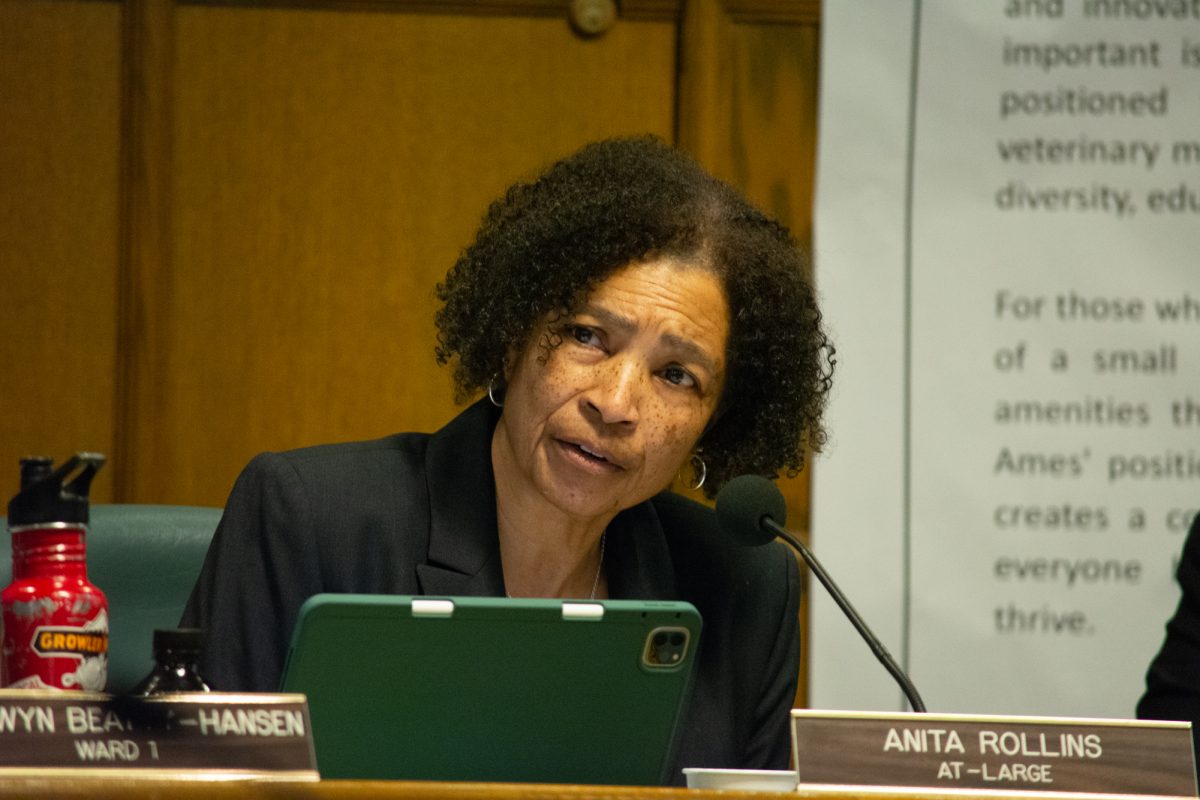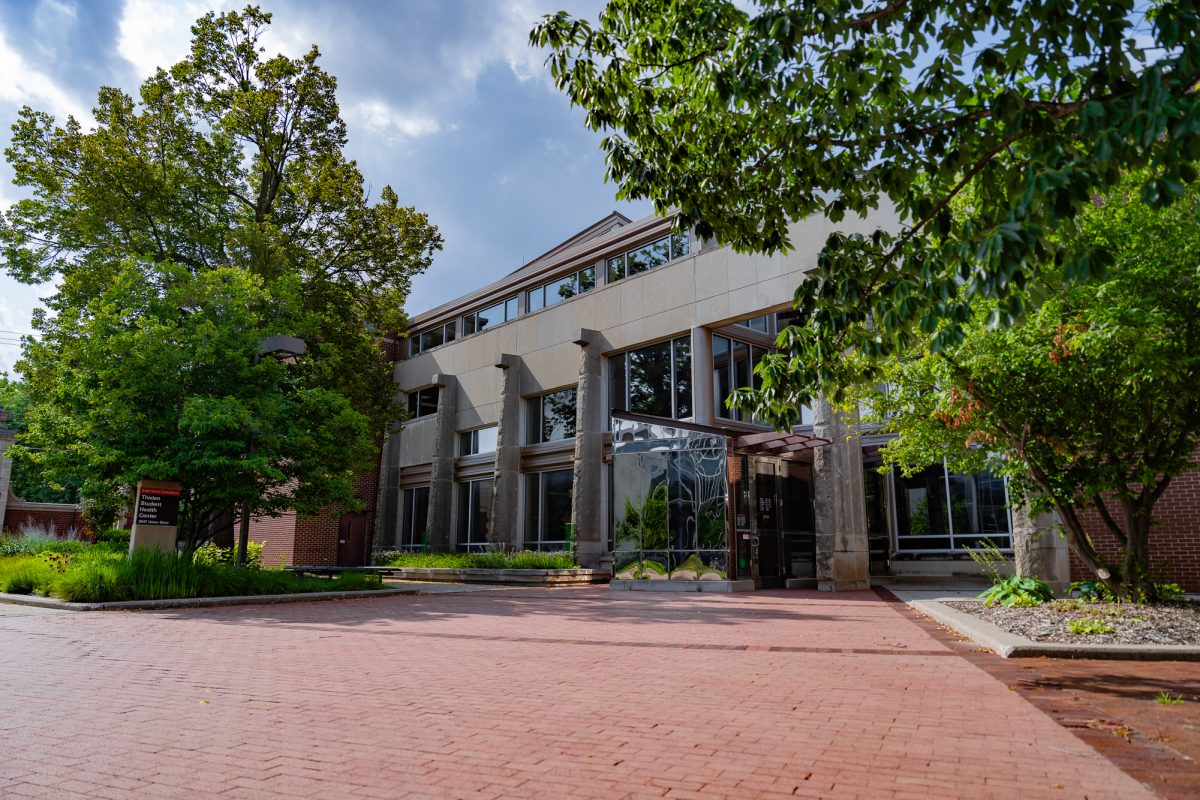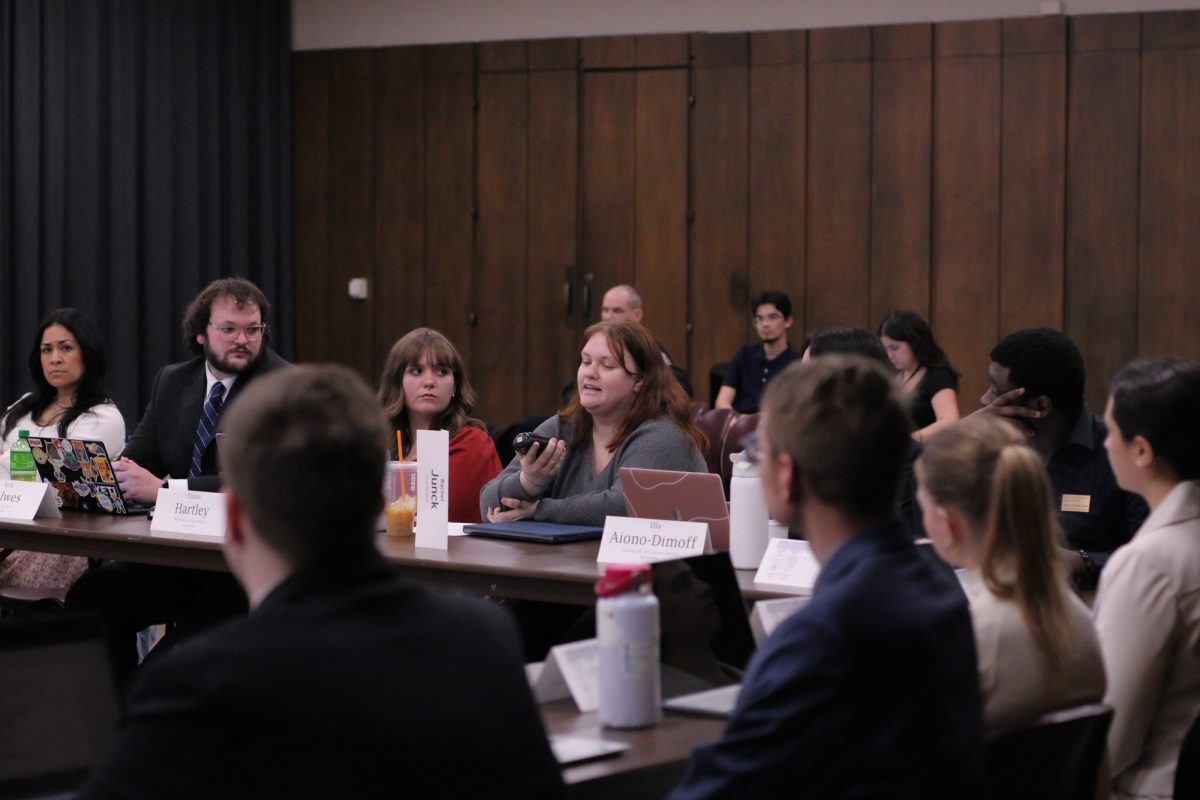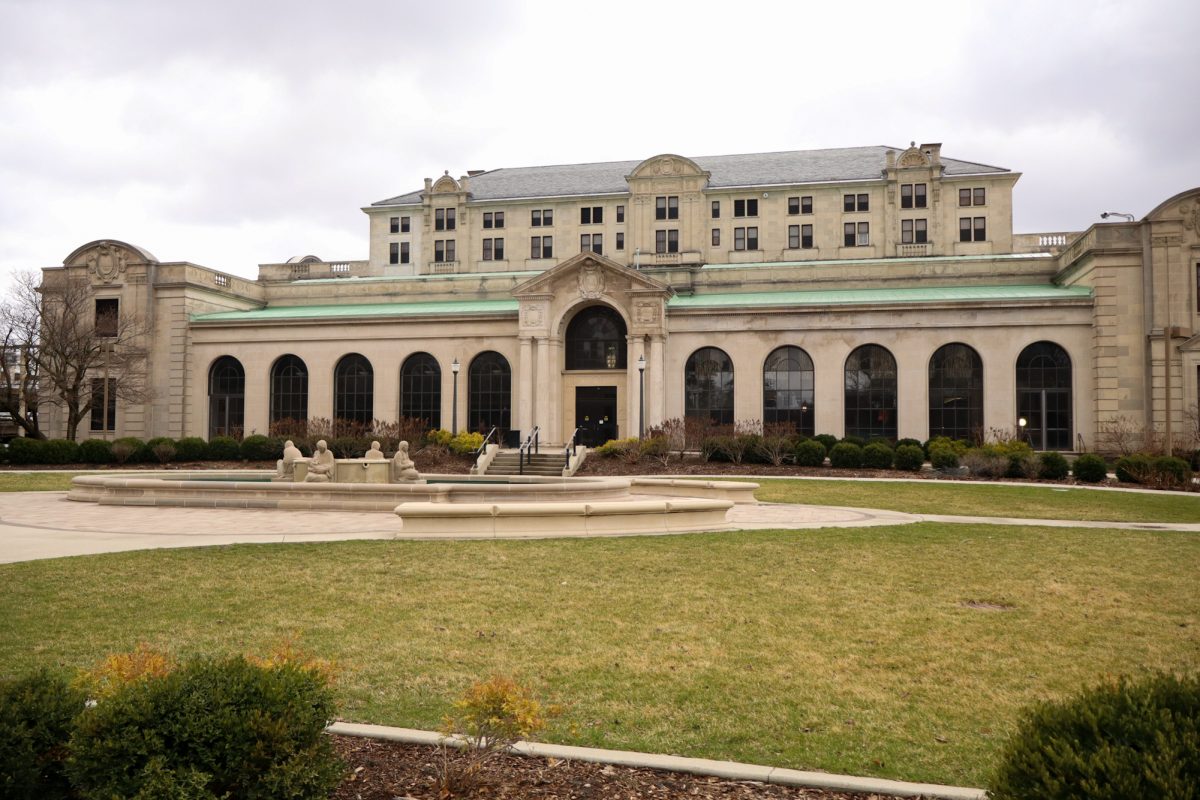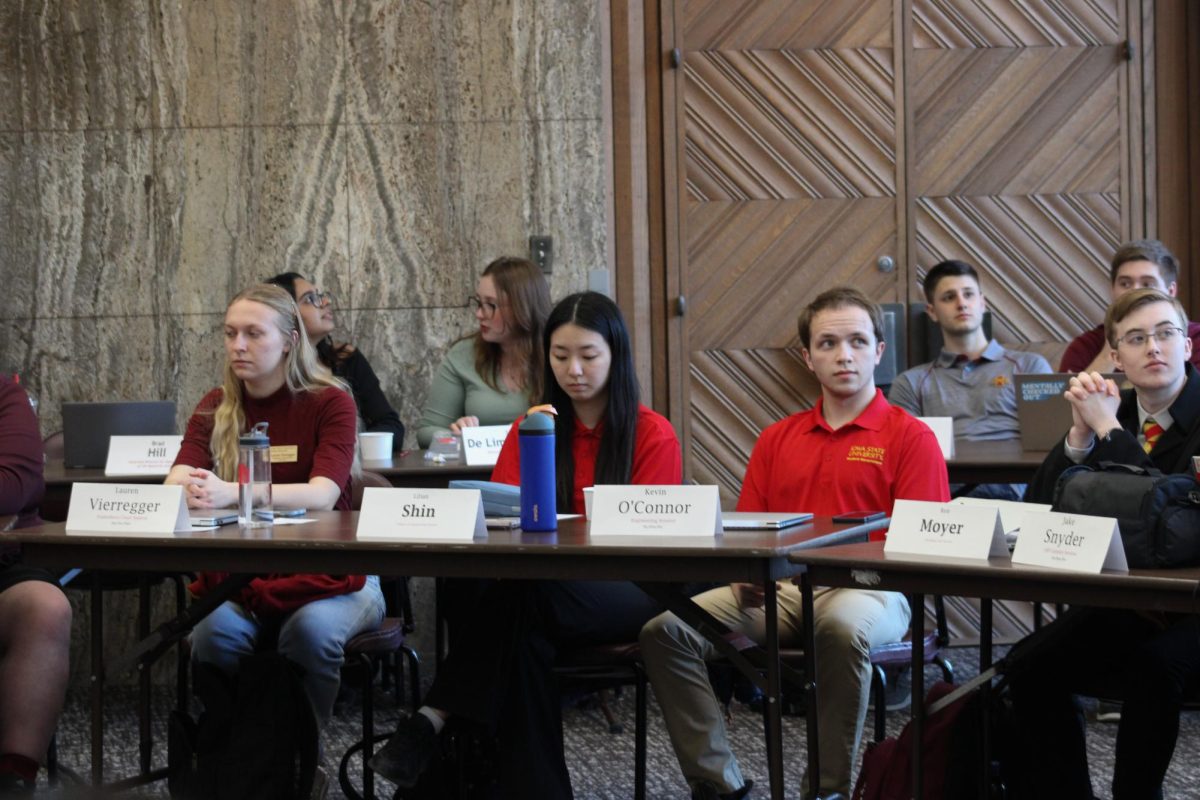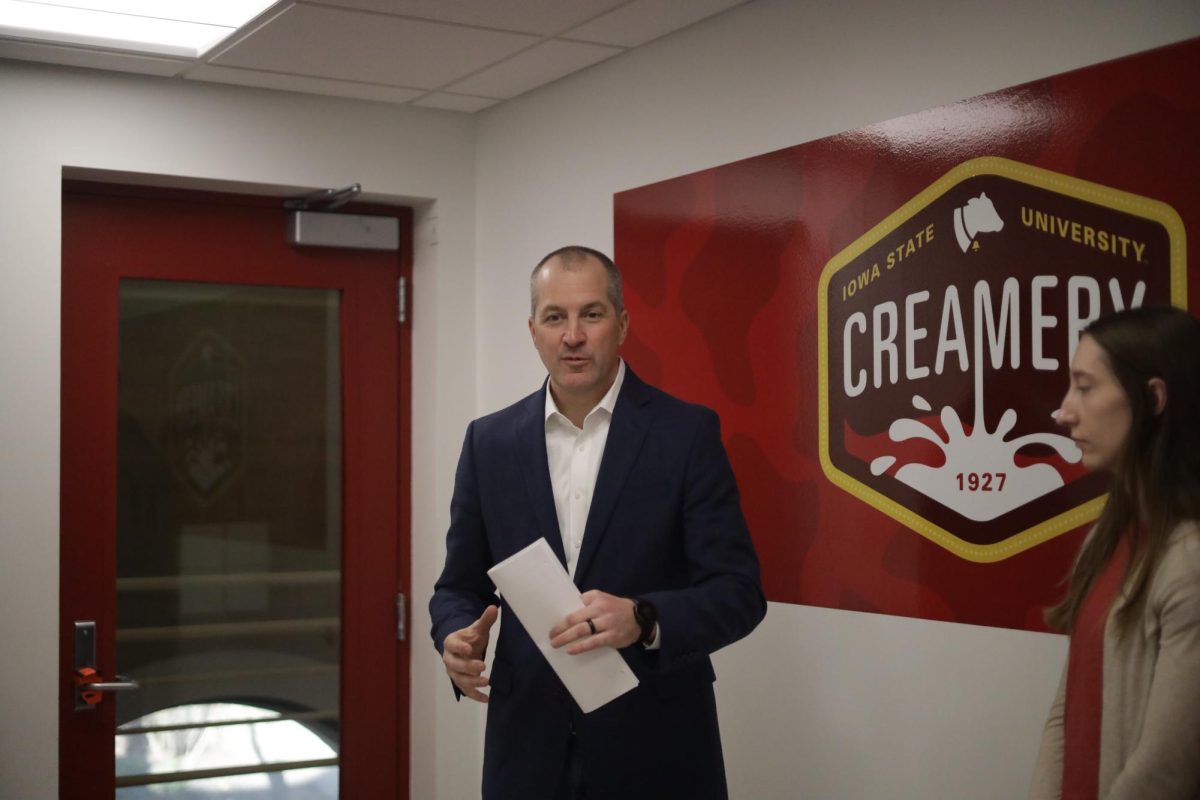The Ames Area Metropolitan Planning Organization Policy Committee has officially adopted 2050 as the target year to achieve zero fatal and serious injury crashes within its planning area.
The initiative is backed by a $100,000 grant from the U.S. Department of Transportation, funding the development of a Comprehensive Safety Action Plan.
City officials emphasized that the Safe System Approach is central to the strategy. “The U.S. DOT has noted that the way to get to this goal of zero fatalities and serious injuries is to adopt a safe system approach,” Federal Transit Administration advisor Daniel Nguyen said. This approach recognizes that human error is inevitable, but roadway designs and systemic improvements can minimize risks.
Key focus areas include speed management strategies such as speed limits and enforcement tools, enhanced pedestrian and cyclist safety measures, intersection redesigns including roundabouts and improved signage, and road departure countermeasures such as medians and rumble strips.
Despite unanimous approval, committee members acknowledged the challenges of reaching zero fatalities. Ward Two Rep. Tim Gartin voiced skepticism.
“I am really sorry, but we’re never going to get to zero fatalities because people make human error, and we have thousands and thousands of people driving on I-35 in crazy Iowa winters,” Gartin said.
Gartin stressed the importance of a cost-benefit analysis to ensure practical safety investments. “We have to sort of be realistic on that,” Gartin said.
Other officials reassured the committee that this plan is an evolution of existing safety efforts, not an indictment of past work.
As part of the CSAP, officials will analyze high-risk areas and implement targeted interventions. The plan will also consider demographic risk factors, such as Ames’ large student population and aging drivers.
Ames City Council also voted to move forward with the annexation of Ames Golf & Country Club (AGCC) and the Irons Subdivision despite opposition from residents.
The annexation, part of the larger North Ames expansion, has sparked debate over financial impacts, legal obligations, and the long-term vision for city growth.
Several residents of Irons Way and Irons Court spoke against the annexation, citing steep financial burdens and questioning the benefits.
“Normally in these situations, you can list tangible advantages. I can’t see an advantage,” said Randy Braden, a homeowner in the subdivision.
Concerns centered on two primary financial issues, an estimated annual tax increase of $1,500–$2,000 per household, and potential costs of $30,000 or more to switch from septic to city sewer.
Sam Easterly, another Irons resident, said, “The single biggest issue here is the significant one-time cost. It’s excessive.”
Many other residents criticized the process, arguing they were never properly informed about annexation obligations when purchasing their homes.
City staff stood by the annexation, emphasizing that the Irons development only exists because the city previously made exceptions, allowing homes to be built under the expectation of future annexation.
Gartin pushed back against claims that annexation was unfair.
“If we hadn’t tried to be lenient and help the Golf and Country Club with this project, none of you would be living in a house tonight to address us,” Gartin said.
In an effort to ease the financial burden, the council approved a three-year phased tax abatement plan for annexed properties. Under this program:
- Year 1: 75% of city taxes would be waived.
- Year 2: 50% waived.
- Year 3: 25% waived.
- Year 4: Full city taxes apply.
While this incentive aims to encourage voluntary annexation, some council members expressed concerns about setting a precedent for future annexations.
The issue stressed by homeowners the most was the cost of sewer connections. Currently, the agreement states that once city sewer reaches the area, homeowners must pay for connection costs. However, the council directed staff to explore alternative financing options, including delaying the required connection for newer septic systems, using special assessments to spread costs over time and determining if city financing could cover infrastructure improvements.
The city will now wait to see if enough Irons Subdivision and AGCC residents voluntarily agree to annexation under the new tax incentive. The city can proceed with voluntary annexation if at least 80% sign on by April 30. If not, officials may use legal measures to enforce annexation agreements.
Mayor John Haila acknowledged the difficulties but maintained that the annexation was necessary for long-term city planning.
“We’re trying to balance the city’s needs with residents’ financial concerns. We need to find a path forward that works for everyone,” Haila said. The council will revisit the issue in late April or early May to determine the next steps based on resident participation.
The council also secured land for a Research, Recovery, and Recycling Campus, purchasing two parcels totaling $807,500. The deal includes a first right of refusal for an adjacent property, ensuring room for future expansion.
The council approved $2.2 million for the Intelligent Transportation System (ITS) Phase 4 project, which aims to improve traffic flow, and authorized a $13.6 million bond for infrastructure improvements, including a fire station alerting system.
Additionally, the council approved the rezoning of properties at 5119 and 501 Lincoln Way to support low-density residential development, part of the city’s efforts to increase housing options.


